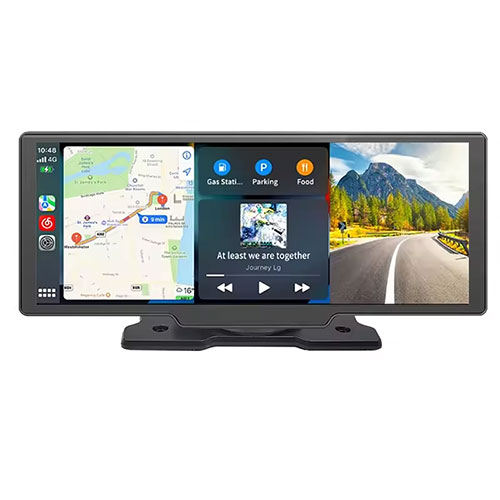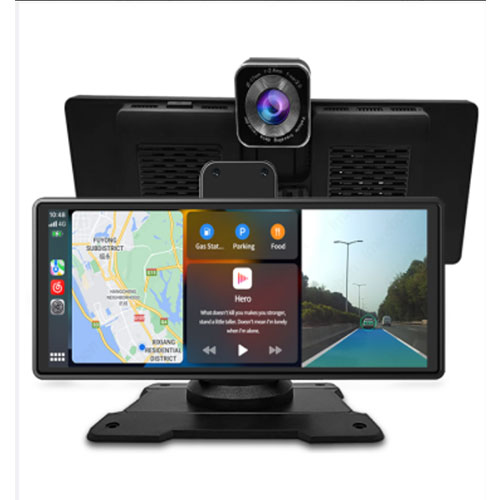Automobile monitors have revolutionized the driving experience, offering enhanced safety, navigation, and entertainment features. These devices cater to different needs, making them an integral part of modern vehicles. Understanding the types of automobile monitors can help you choose the right one for your specific requirements.
Dashboard monitors are among the most common types of automobile monitors. They are typically integrated into the vehicle’s dashboard and serve multiple purposes, including:
Many dashboard monitors come with touchscreen functionality, making them user-friendly and versatile.

Rearview monitors are designed to enhance safety while reversing or parking. These monitors are often connected to rearview cameras, offering:
They are usually integrated into the rearview mirror or displayed on the dashboard.
Headrest monitors are mounted on the back of car seats, primarily for passenger entertainment. Common features include:
These are perfect for long road trips, especially for families with children.
Flip-down monitors, also known as overhead monitors, are installed on the ceiling of a vehicle. They fold down for use and are ideal for larger vehicles like SUVs and vans. Key features include:
Adjustable angles for a comfortable viewing experience.

Portable automobile monitors are compact, standalone devices that can be easily installed and removed. They are highly versatile and often used for:
Similar to headrest monitors, rear seat monitors are specifically designed for passengers in the back seats. They can be integrated into the seat or installed as a separate device. Features include:
Mirror monitors are dual-purpose devices that function as regular rearview mirrors and display screens when needed. They are commonly used for:
Modern vehicles often come equipped with multifunctional touchscreen automobile monitors. These all-in-one systems provide:
Designed for off-road enthusiasts and professional drivers, these monitors offer features like:
For those seeking a personalized solution, custom-built automobile monitors are the way to go. These can be tailored to:
The variety of automobile monitors available today caters to diverse driving needs, from safety and navigation to passenger entertainment. Whether you’re looking for a basic dashboard monitor or an advanced custom-built system, there’s an option for everyone.
When selecting an automobile monitor, consider your requirements, vehicle compatibility, and the features most important to you. With the right monitor, you can enhance your driving experience, making every journey safer, more enjoyable, and highly efficient.
 Trolink Joint With Tuya to Make Iot Benefit Every Family
Trolink Joint With Tuya to Make Iot Benefit Every Family
 5 Key Indicators for WiFi Module Selection You Have to Know !
5 Key Indicators for WiFi Module Selection You Have to Know !
 IOT module is the brain of smart products
IOT module is the brain of smart products
 What is the signal coverage range of the WiFi module chip?
What is the signal coverage range of the WiFi module chip?